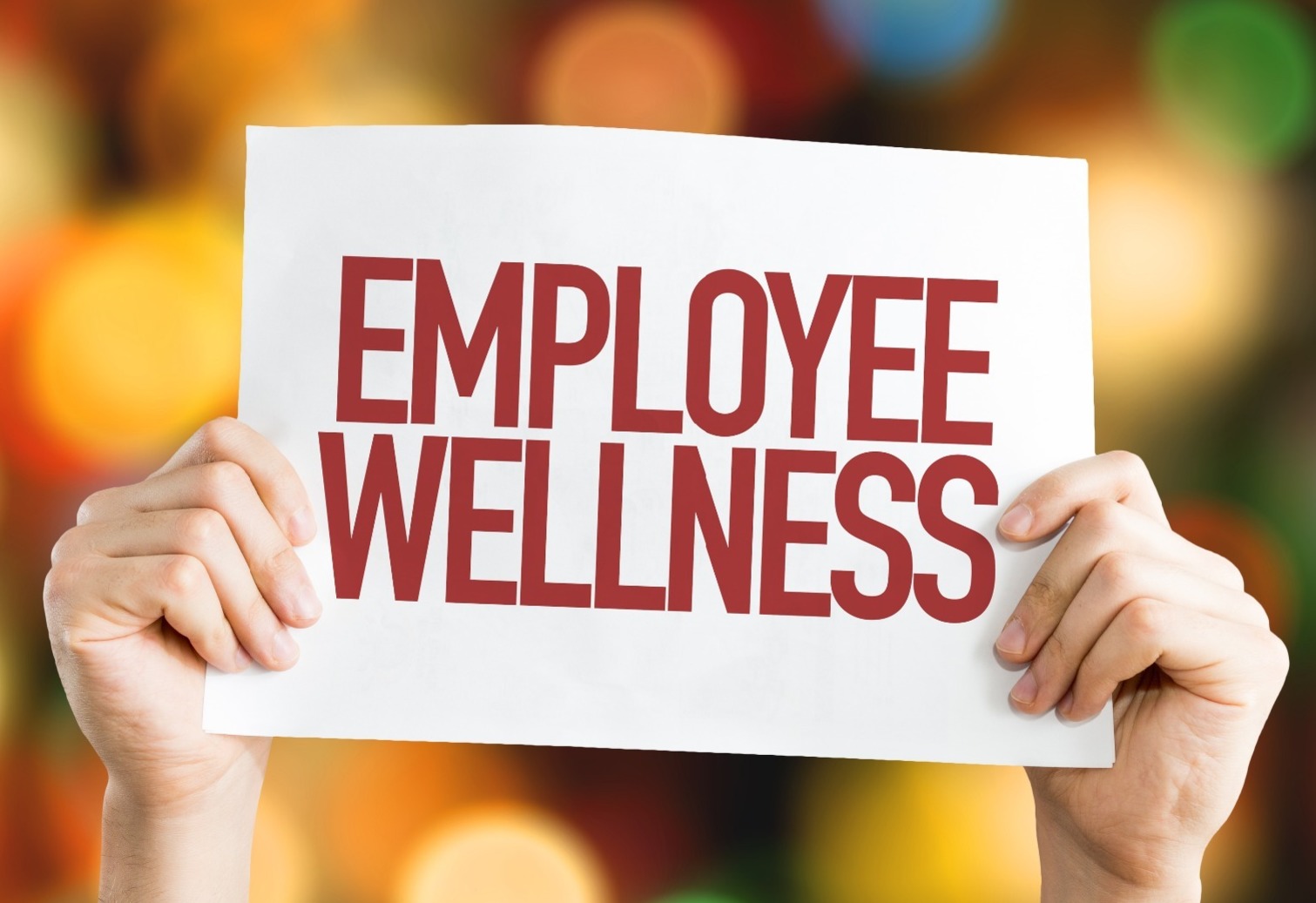Working at Heights
Posted on 15th July 2021 at 15:13
As the construction industry starts to become somewhat normal again across the UK, Building will resume, however a lot more building’s will be gracing the sky rather than stretching across the way.
According to a report by New London Architecture, there are 525 new planned high-rise buildings with 20+ floors, for London alone.
This will increase the problem Health and Safety professionals face and how to consistently operate safe workings at height.
So, what is working at height?
According to the HSE, working at height is defined as; work in any place where, if precautions were not taken, a person could fall a distance liable to cause personal injury.
You are working at height if you:
• work above ground/floor level
• could fall from an edge, through an opening or fragile surface or
• could fall from ground level into an opening in a floor or a hole in the ground















